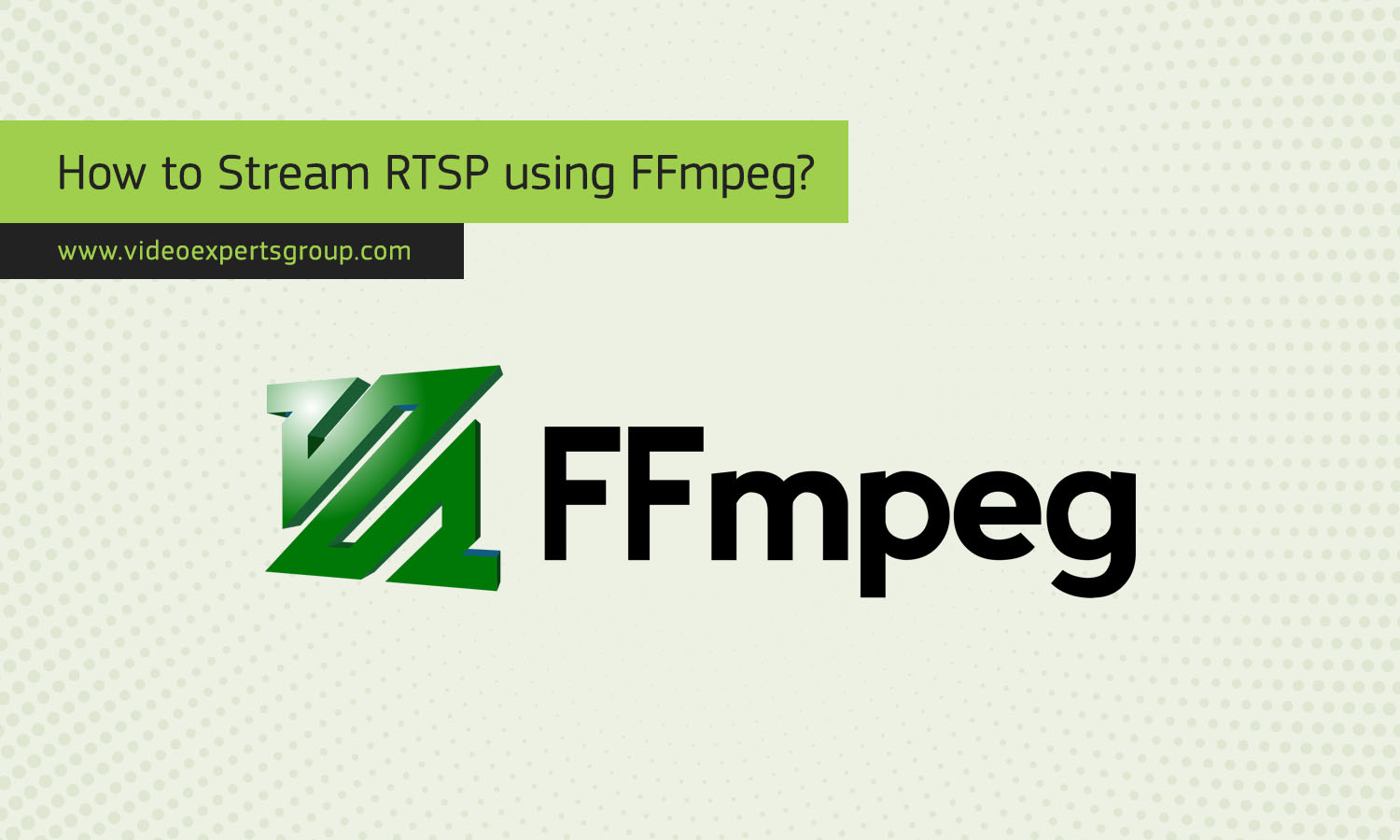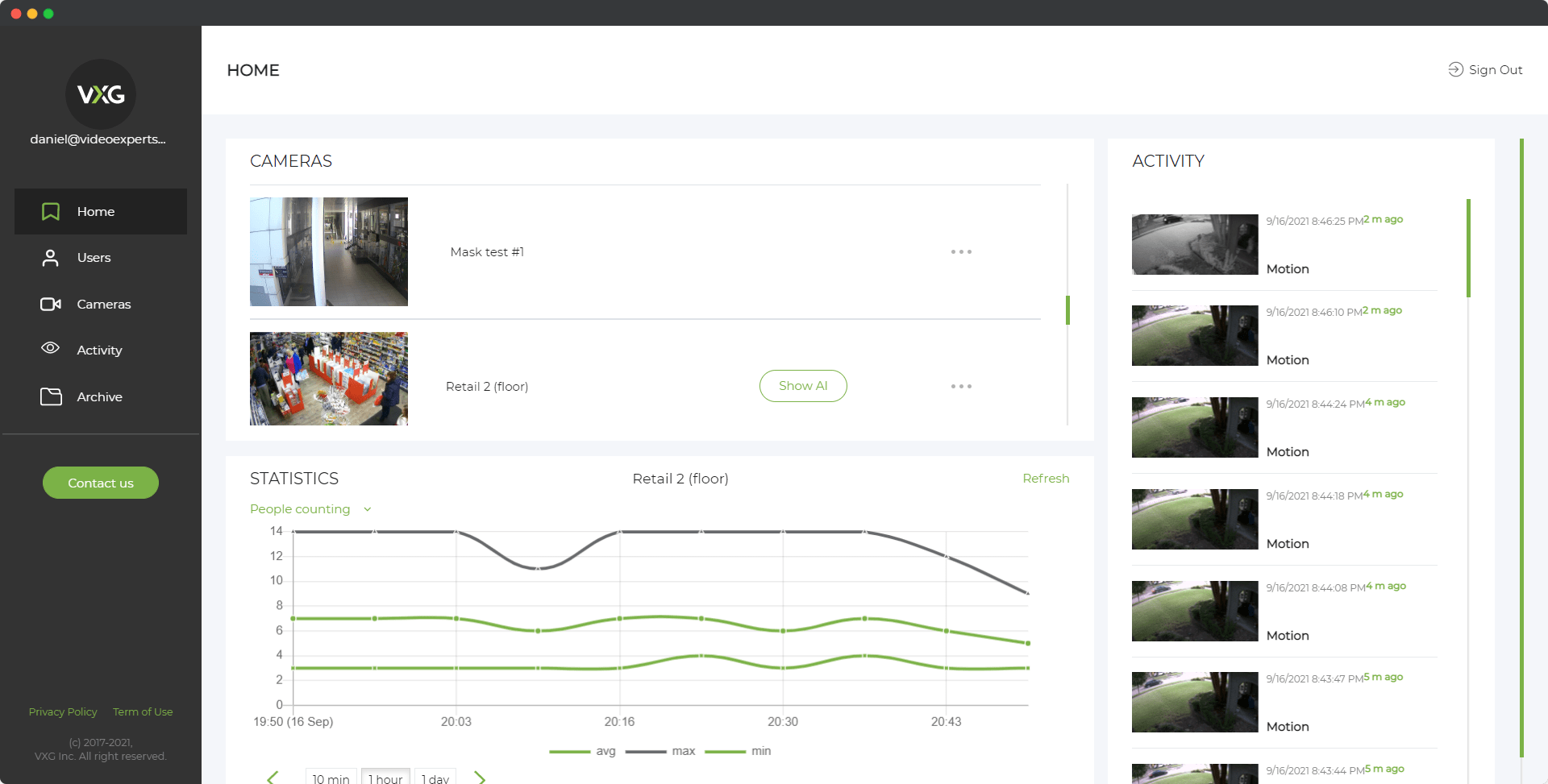RTSP (Real Time Streaming Protocol) is a network control protocol used in streaming media systems. If you're looking to stream content using RTSP, FFmpeg is a powerful and versatile tool that can help you achieve this with ease. In this guide, we'll walk you through the basic steps to stream RTSP using FFmpeg in a simple and straightforward manner.
What is RTSP?
RTSP is a protocol designed for controlling the delivery of real-time streaming media, such as audio and video, over a network. It enables the seamless communication between a media server and a client device, allowing for the transmission of live or recorded content.
FFmpeg Overview
FFmpeg is an open-source software that provides a collection of libraries and tools to handle multimedia data. One of its key features is its ability to encode, decode, transcode, and stream various multimedia formats, making it a popular choice for multimedia processing tasks.
Steps to Stream RTSP using FFmpeg:
Step 1: Install FFmpeg
Before you start, make sure you have FFmpeg installed on your system. You can download it from the official FFmpeg website (https://ffmpeg.org/download.html) or use a package manager for your operating system.
Step 2: Prepare Your Media Source
Ensure that the media source you want to stream is accessible and supported by FFmpeg. This can be a video file, a webcam, or any other multimedia source.
Step 3: Construct the FFmpeg Command
Open a terminal or command prompt and construct the FFmpeg command. Here's a basic example to stream a video file:
ffmpeg -i input.mp4 -rtsp_transport tcp -c:v libx264 -preset ultrafast -tune zerolatency -b:v 500k -c:a aac -strict experimental -f rtsp rtsp://your_server_address:your_port/live
- Replace input.mp4 with the path to your video file.
- Adjust the -b:v parameter to set the video bitrate.
- Modify the RTSP server address and port accordingly.
Step 4: Start the RTSP Stream
Execute the FFmpeg command in the terminal, and your RTSP stream should start broadcasting. Users can then access the stream using an RTSP client on their devices.
Streaming RTSP using FFmpeg is a straightforward process that allows you to share multimedia content over a network efficiently. By following these simple steps, you can set up your own RTSP stream and share live or recorded content with ease. Keep in mind that FFmpeg offers a wide range of customization options, so feel free to explore its documentation for advanced configurations and features. Happy streaming!
















